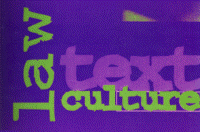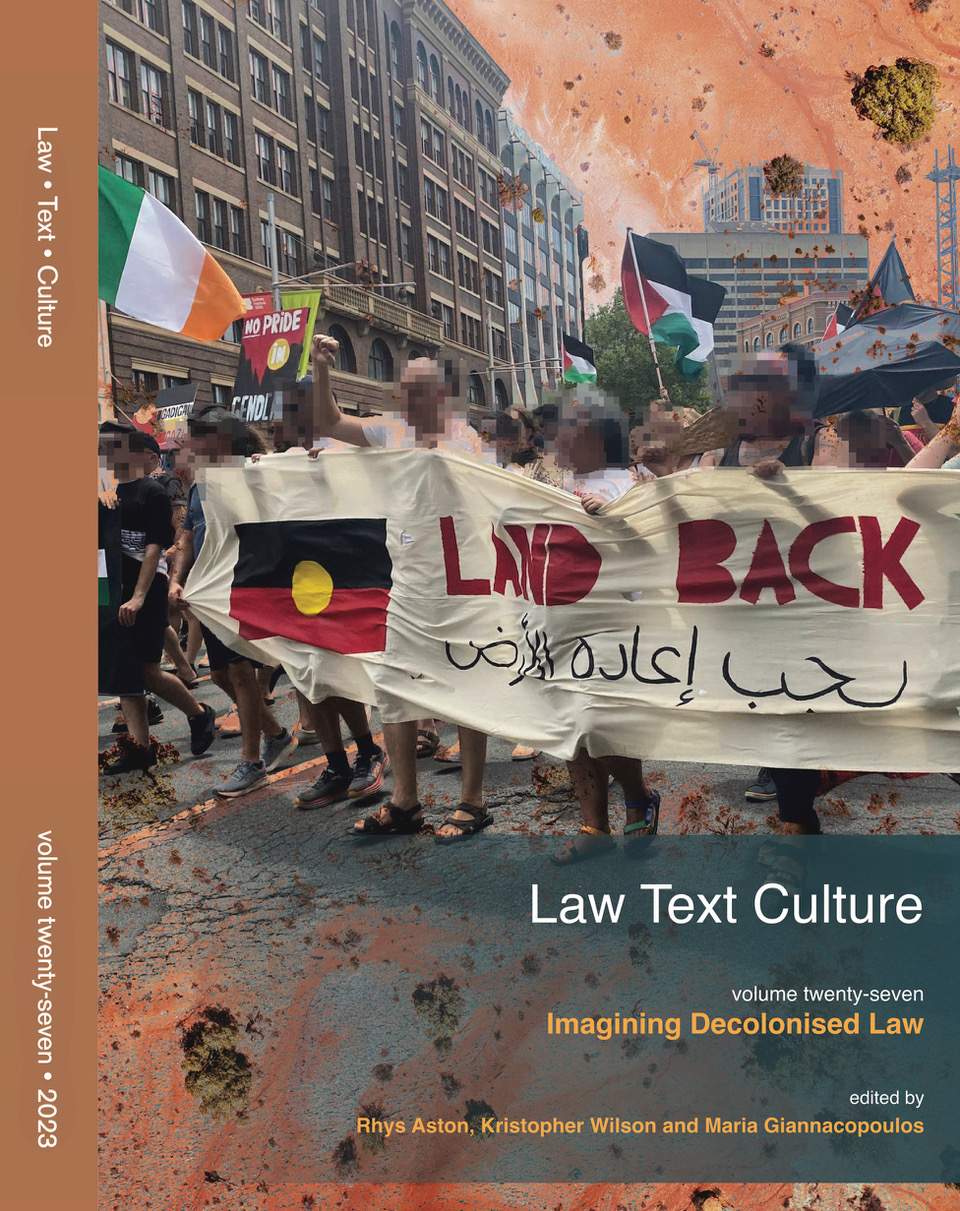Abstract
I came to Australia on 26 December 1975 due to the outbreak of civil war in Lebanon. The war erupted in our neighbourhood and a Christian militia began recruiting local boys, including my younger brother. Choosing not to take part in the violence, we rushed to the Australian Embassy to apply for a visa. Thankfully it was still open for business. We applied for an immigration visa and within 6 months flew to Melbourne to where my uncle lived. We arrived with the status of ‘migrants’ and not as ‘refugees’. A few weeks later the Australian Embassy in Beirut closed and relocated to Larnaca, Cyprus. In effect anyone in Lebanon who wanted to flee to Australia had to travel to another country like Cyprus in order to apply for an Australian visa. Relatives who decided to brave the war were subsequently turned into refugees in their own country. In 1988, when Israel continued its invasion of the south of Lebanon, air raids obliterated my father’s village Salhié1 sending those who survived and did not resist to flee to other villages. Being Christians, in 2000 they were scrutinised by Islamic forces who were credited by the Lebanese government with having successfully resisted and driven the Israelis out of Lebanon. In August 2001, I watched Middle Eastern refugees fleeing wars, being taken as prisoners by the Australian Army aboard the ship Tampa.
How to Cite:
Astore, M., (2006) “When the artwork takes the pictures”, Law Text Culture 10(1). doi: https://doi.org/10.14453/ltc.614
Downloads:
Download PDF
View PDF
356 Views
471 Downloads

